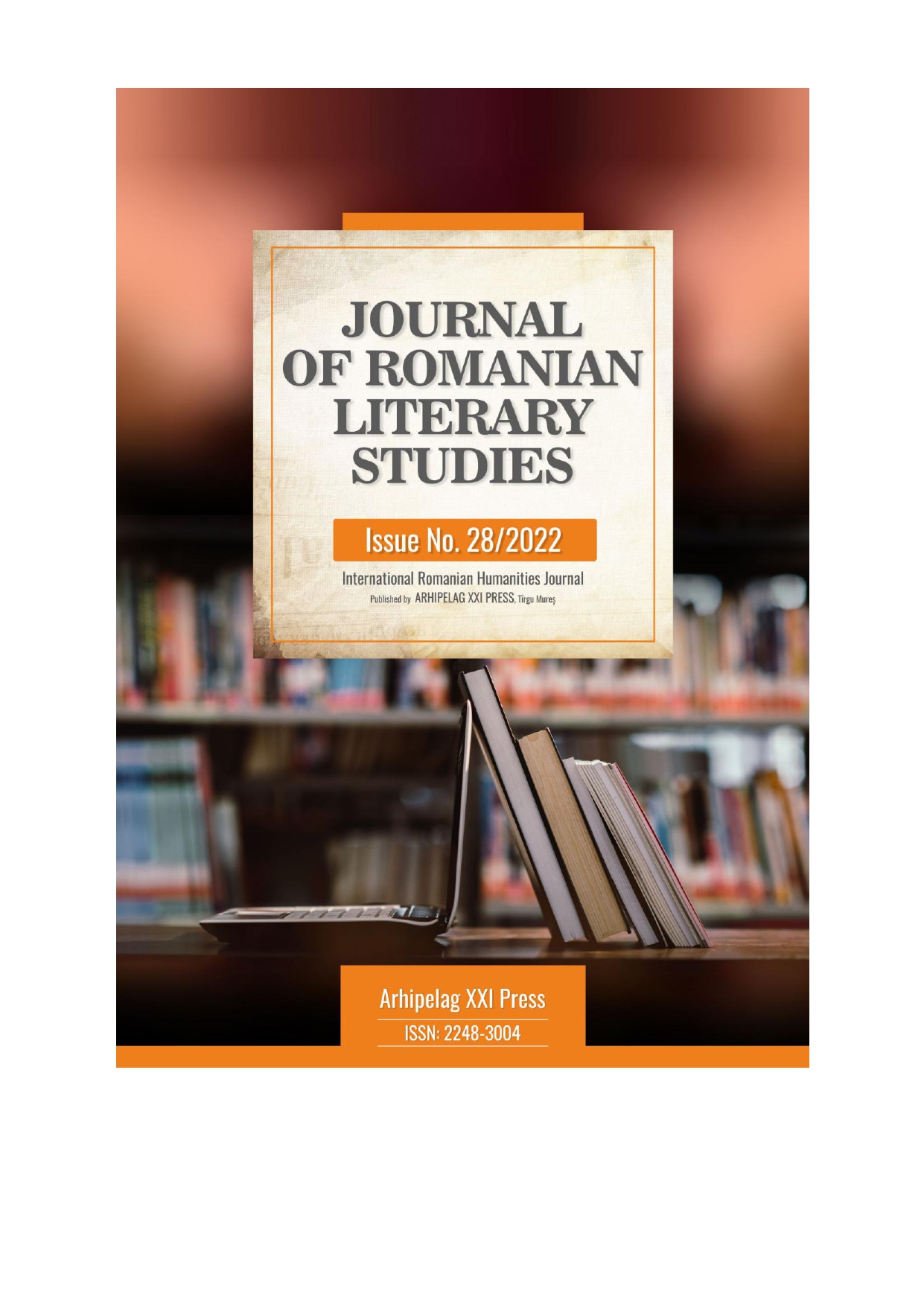CHILD AS MUSE. A PSYCHOANALYTICAL APPROACH IN ALICE IN WONDERLAND
CHILD AS MUSE. A PSYCHOANALYTICAL APPROACH IN ALICE IN WONDERLAND
Author(s): Ileana-Silvia CiorneiSubject(s): Novel, Psychoanalysis, Philology, Theory of Literature, British Literature
Published by: Editura Arhipelag XXI
Keywords: nonsense; childhood; psychoanalysis; sexuality; paedophilia;
Summary/Abstract: Lewis Carroll’s books Alice’s Adventures in Wonderland (1865) and Through the Looking-Glass and What Alice Found There (1871) are both set in the young girl Alice’s dream fantasies. For more than a hundred years, adults as well as children have enjoyed losing themselves in the nonsensical stories. But it appears that there is more to the stories than pure nonsense. As many authors and critics observed, Alice can be psychoanalyzed easily; it is easy to treat it as a dream, because it is a dream. And ever since Freud began publishing his theories, critics have been applying them to Alice. The first wave of Alice psychoanalysts focused on the sexual symbolism in the novel, which according to the theory reveals Carroll’s own repressed sexuality. Most works more or less unequivocally assume that Dodgson was a pedophile, though a repressed and celibate one, while others keep on the respectable neutral side. Although the details about Carroll ‘s relationship with children in general, and with the Liddell girls in particular, might never be known and never be clearly established, the evidence that he had somewhat unhealthy obsession with minors seems somehow unquestionable.
Journal: Journal of Romanian Literary Studies
- Issue Year: 2022
- Issue No: 28
- Page Range: 648-653
- Page Count: 6
- Language: English

